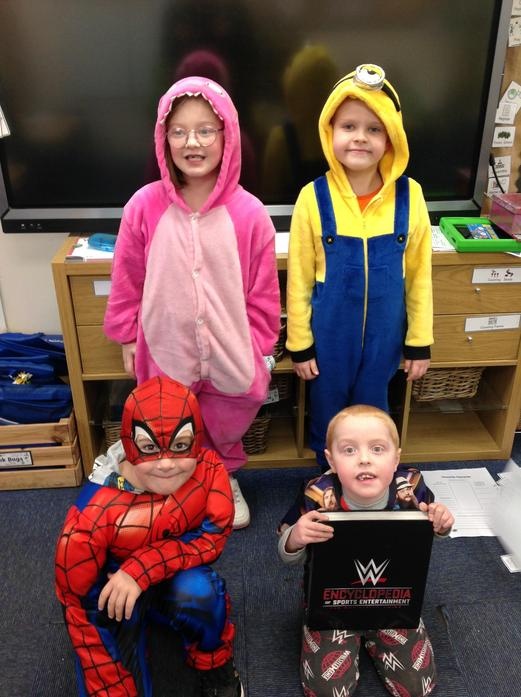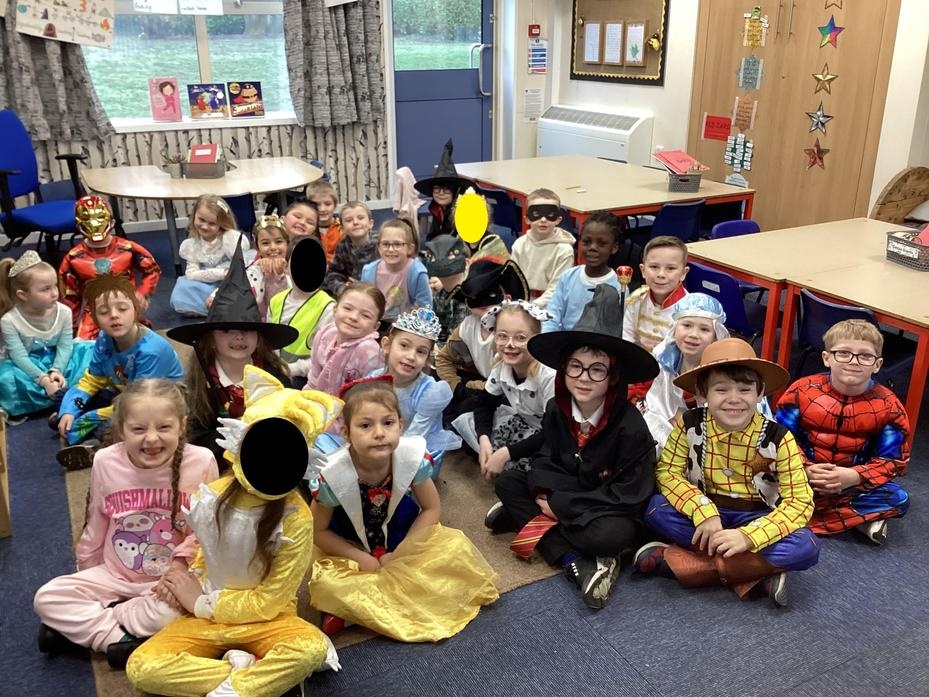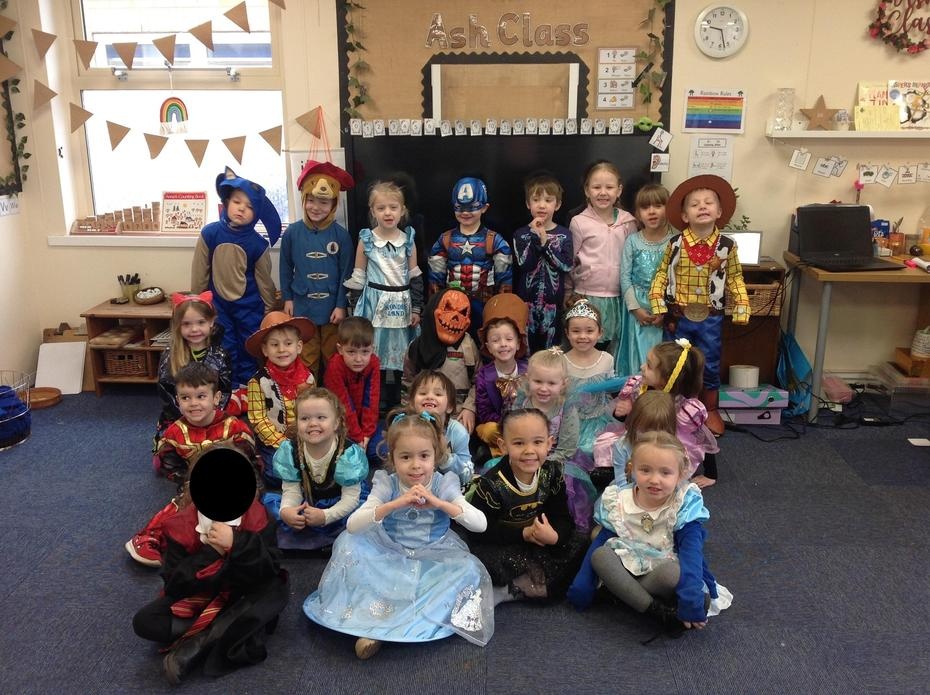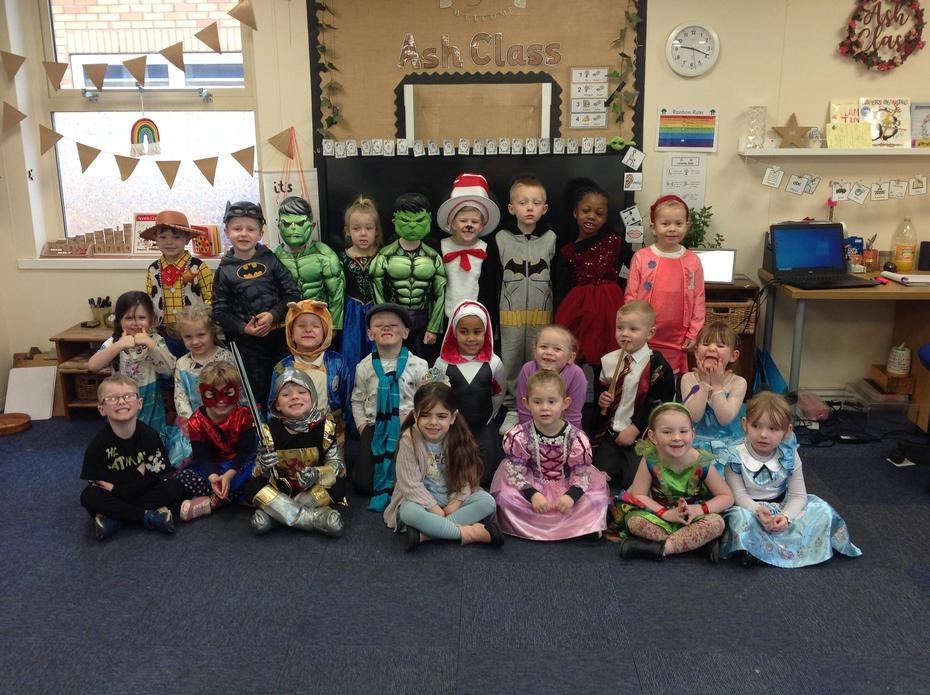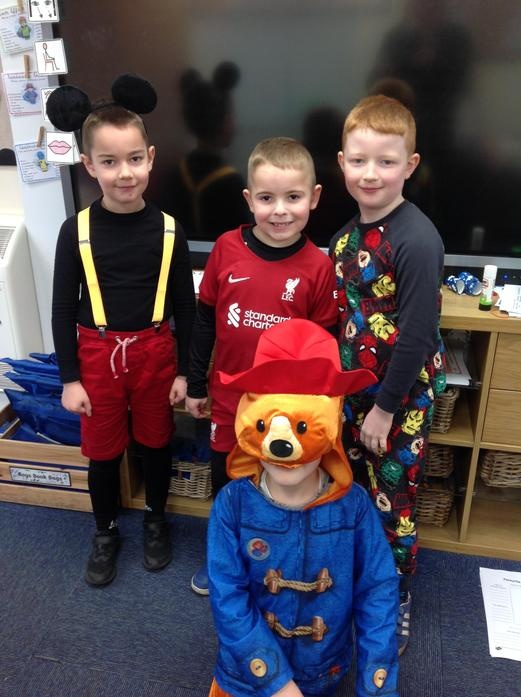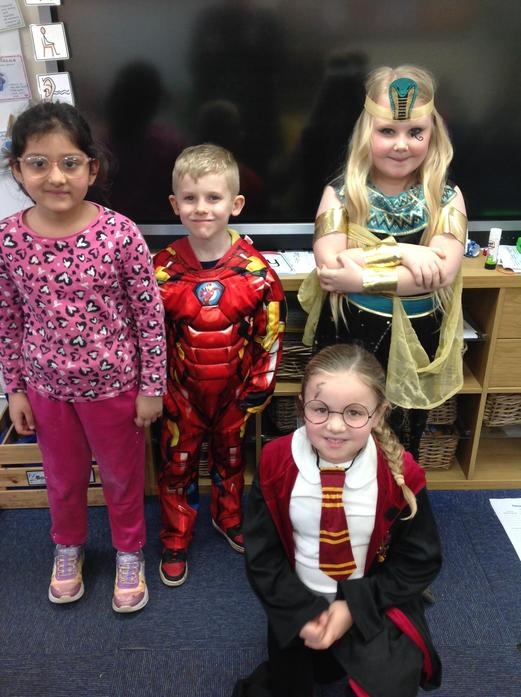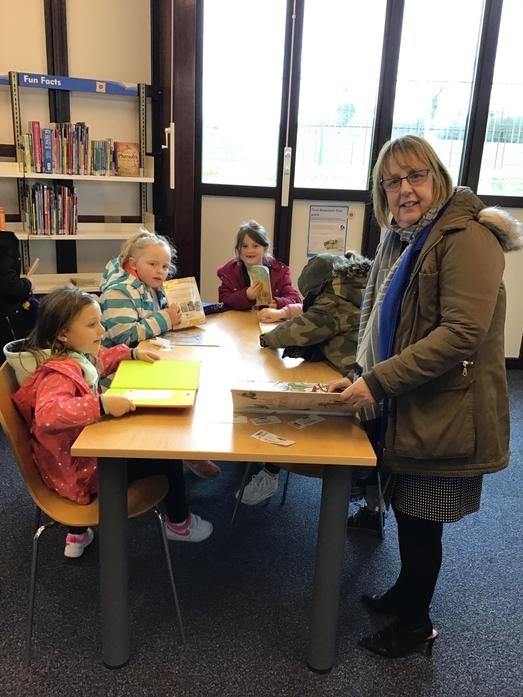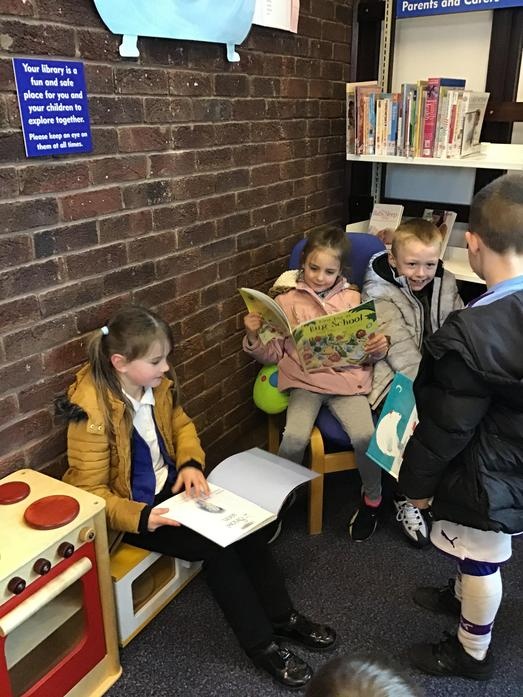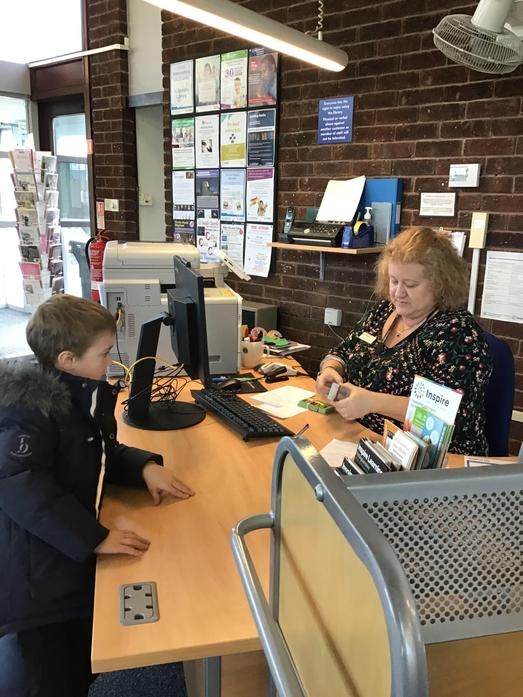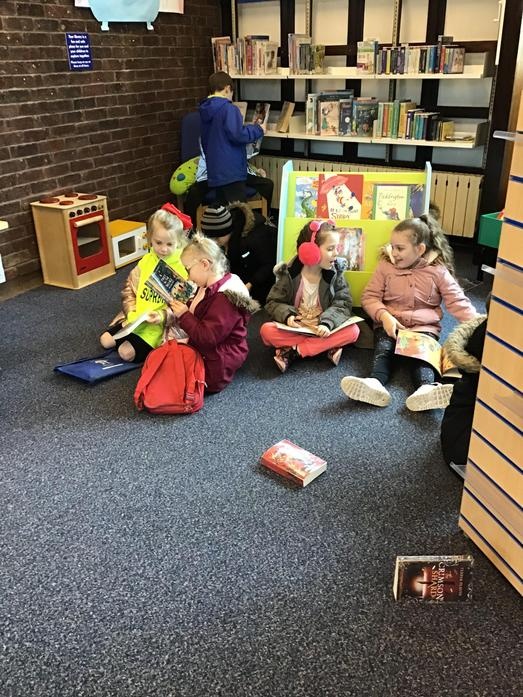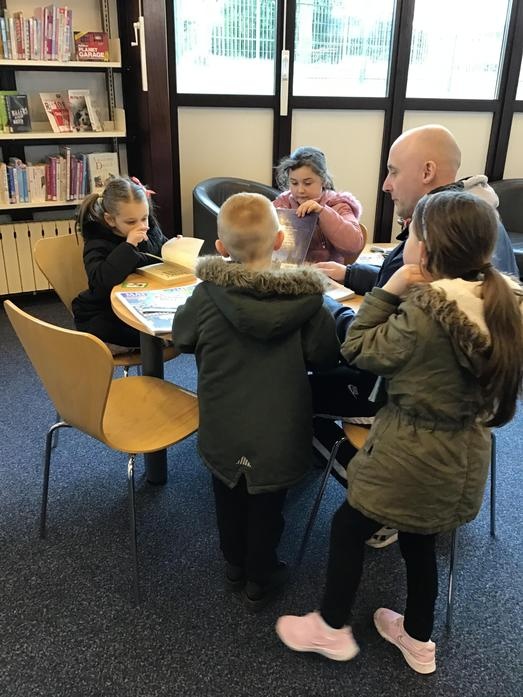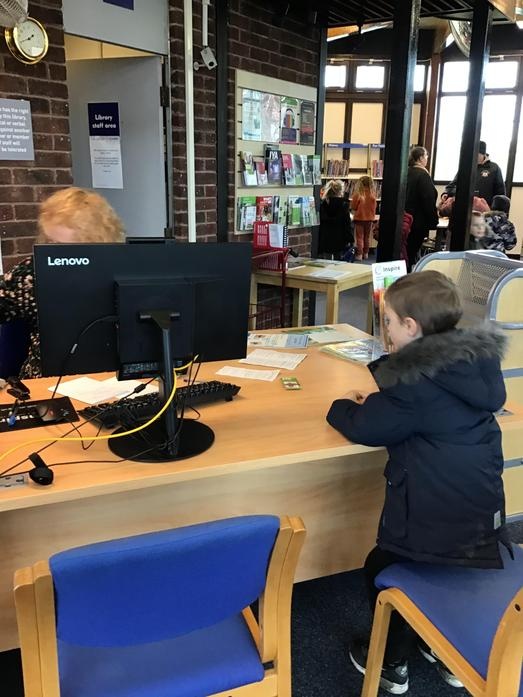Reading and Phonics
Phonics at Healdswood
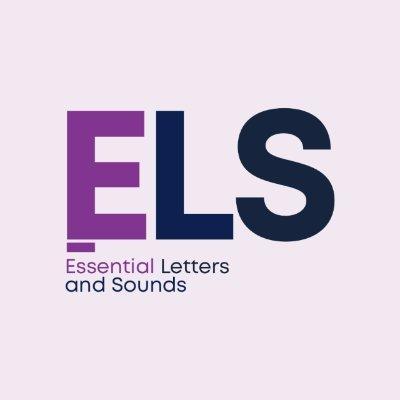
At Healdswood we use Essential Letters & Sounds (ELS) to teach phonics. ELS is a DfE validated scheme which works upon the theory of 'getting all children to read well, quickly'.
The principles of ELS are based upon:
- the delivery of whole-class, high-quality first teaching with well-structured daily lesson plans
- the use of consistent terminology by teachers, children and parents
- the use of consistent resources that support effective teaching
- repetition and reinforcement of learning
- regular and manageable assessment to ensure that all children ‘keep up’ rather than ‘catch up’
ELS whole-class, daily phonics teaching begins from the first days of Reception. Through the rigorous ELS teaching programme, children will build an immediate understanding of the relationship between the sounds they can hear and say (phonemes) and the written sounds (graphemes).
Supported by Essential Letters and Sounds we ensure that:
- all staff are fully trained in delivering ELS and have ongoing CPD and coaching provided by the phonics lead.
- adults follow the teaching sequence outlined in the ELS handbook and deliver four-part sessions to allow children to revisit previously taught sounds, learn new phonemes, and then practice and apply knowledge.
- all children are involved throughout the phonics sessions. We do not put a ceiling on children's learning.
- phonics session builds on prior learning.
- new learning is quickly embedded because children are engaged and active in lessons.
- all staff use 'robot arms' and 'blending hands' to demonstrate how to segment and blend a word.
- there is equal weighting on reading and writing during each phonics session.
- phonics is embedded through the classroom environment, revisiting sounds throughout the day, school and home reading.
-
all areas where phonics is taught have the following: ELS Wall frieze, ELS Poster, ELS phoneme mats.
-
all adults articulate phonemes using pure sounds.
Ensuring All Children ‘Keep up’ rather than ‘Catch up’
A whole-class approach ensures that all children benefit from the full curriculum. Children who encounter difficulties are supported by the teacher throughout the lesson, and where further support is required, ELS has three interventions to ensure that any learning gaps are quickly filled.
Supporting children with EAL
Research shows us that people who are learning a second language require extensive repetition to help them embed their knowledge and transfer it into their long-term memory. To ensure that all children can access every part of the lesson, there is repetition of activities and routines throughout every lesson.
More information about how you can support your child with phonics is in the links below
- ELS Parent Information
- Phase 2 Sound Mat
- Phase 3 Sound Mat
- Phase 5 Sound Mat
- Harder to Read and Spell Words
How to pronounce the sounds in Phase 2, Phase 3 & Phase 5:
Early Reading
At Healdswood we strongly believe that children adopt a love of reading through sharing stories and books on a regular basis. We expect and encourage parents to hear their child to read at least three times per week. In school we help children develop their love of reading in the following ways:
- Use of book sets for children to take home.
- School library where children can change a book of their interest on a weekly basis.
- Weekly visits for KS1 to Skegby library.
- Children are read to in class on a daily basis.
- Celebrating World Book Day
- Healdswood 'Look for a Book'
- Author of the term
- 'Snuggle up with a book', reading for pleasure session at the end of every day
Throughout the school, beginning in Nursery, all children have daily phonics sessions.
Over the course of the year, teachers run sessions for parents giving more information about the teaching of phonics and reading in school. Parents are informed of these sessions via dojo and parents we cannot attend receive a recording of the session. We use books from a variety of sources throughout school, which are grouped into ‘Book Sets’. They begin on lilac band and progress through Sets 1-18 and then go onto coloured book bands before becoming a 'free reader'. and are closely matched to children's individual phonics and reading ability to ensure that children can succeed and achieve in their reading.
We strongly encourage parents to read with their child every night. All children have a reading diary which is a record for both the parents and teacher to use. It is a good way of communicating with the teacher about your child’s progress in reading at home.
How to get the most from your home reading:
- Sit in a comfortable place with no distractions
- Look at the front cover and discuss the title
- Ask your child to look at the pictures and guess what the story might be about
- Allow your child to read at their own pace
- Ask your child what they think will happen on the next page and at the end ask them to retell the story.
- Remember: Your child will enjoy reading more if you read in short sessions, such as 10 minutes. As your child becomes more confident, they will want to read for longer. Little and often is the secret to success!
Here is a guide to our reading book bands:
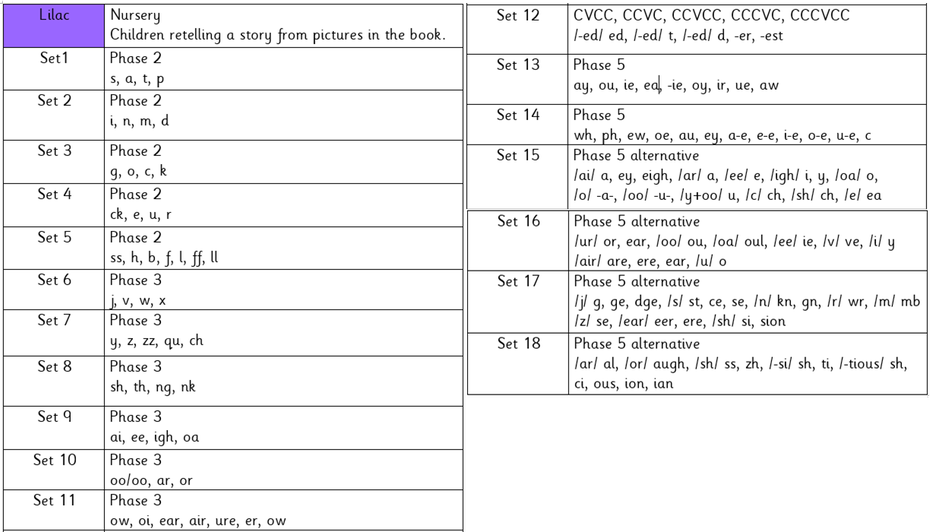

All children also have their own online login to Oxford Owl where books are assigned weekly based on each child's reading level. You can access Oxford Owl here:
Reading Across the Curriculum
At Healdswood, we promote a love of reading throughout the whole curriculum with books and stories
being at the heart of everything we do! Have a look below at how reading is embedded into the curriculum:
Healdswood Reading Spine
Our Healdswood reading for pleasure spine has been carefully constructed by our staff team to include a range of or favourite books that we consider to be important for children to experience at each stage of their time at Healdswood. We want these stories to become firm favourites with our children and ensure that they are always available for children to access in their class reading areas.
Nursery - These books are repetitive, almost like songs, making them easy for children to join in with. Many stories are repetitive with beautiful new vocabulary and pictures to keep children engaged.
Reception - In Reception we still use lots of patterned language. These wonderful stories have lots to discuss and introduce new characters that become lifelong favourites and feature in many books to come.
Year 1 - The picture books in Year 1 offer a deeper exploration of emotions and wonder. These stories allow for easy retelling but giving children the chance to explore them in detail.
Year 2 - In Year 2 we begin to move onto chapter books, providing a meaty read and encouraging children to use their imagination.
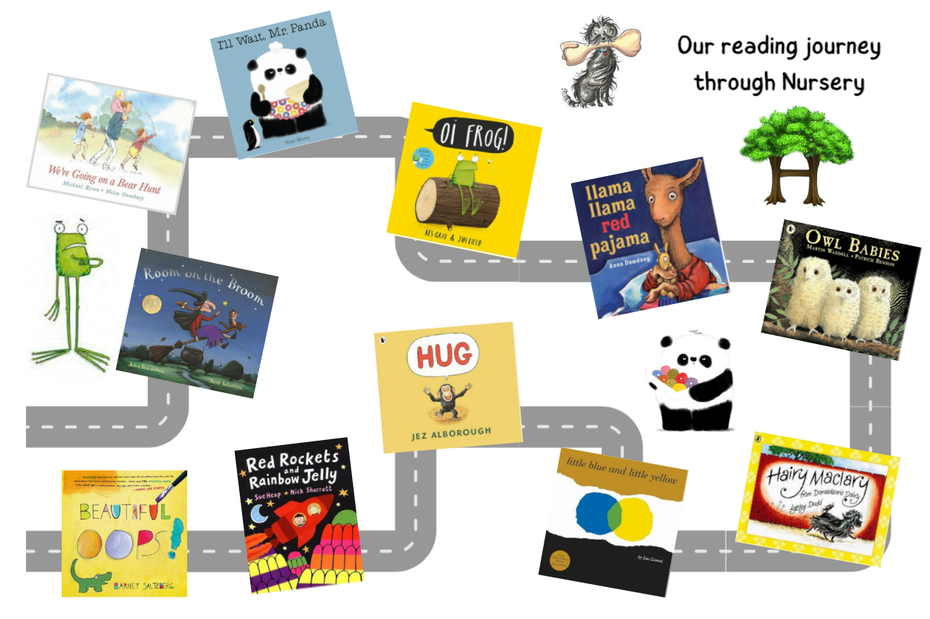


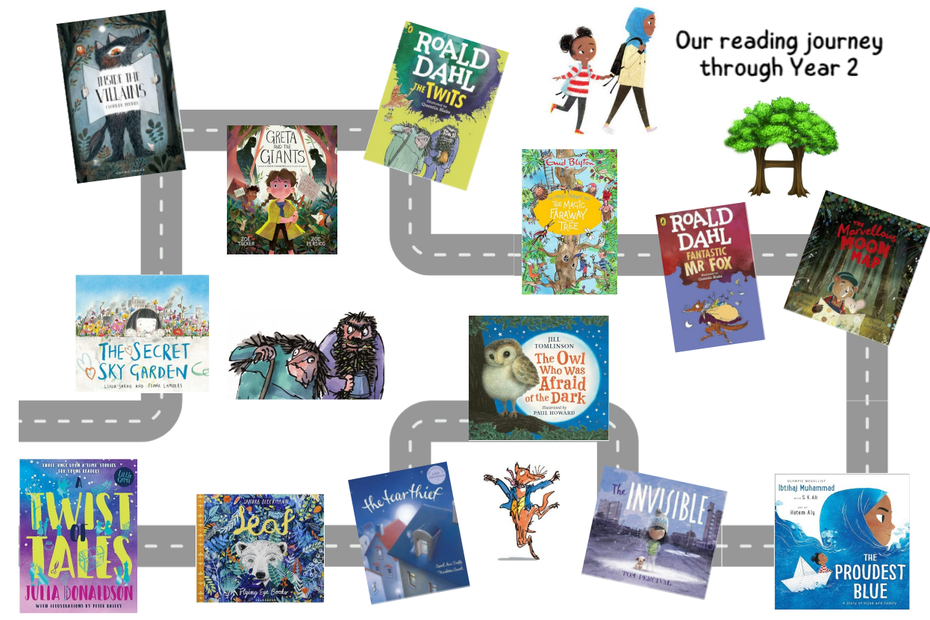
How can I support my child with reading at home?
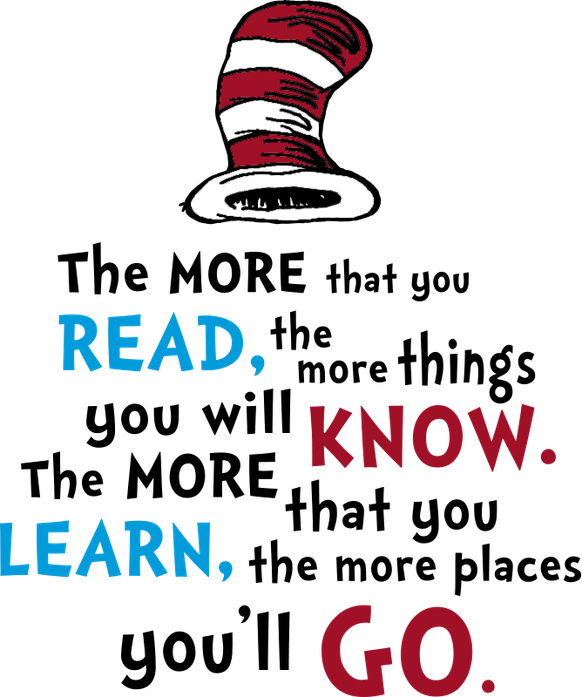
Supporting you child with reading at home is so beneficial to ensuring they progress in reading. Research shows that reading and developing a love of reading is directly linked to a child's success at school. As a school we expect children to read at home 3-5 times a week. Below are a range of ideas and tips to support your child with reading at home.
After your child has finished their reading encourage them to talk about the book, try finding out
- What happened in the text?
- What did you find out?
- Can you describe the setting, character?
- What is your favourite part?
- What do you think this word means?
- What do you think will happen next?
Games and activities are a good way to help your child deepen their understanding of the book –
- How many times can you find the word …?
- How many words can you spot ending with …? i.e. ‘ing’
- Can you spot a word with your phonic sounds for this week?
- Your pile/My pile – quick recall of key words if they get it they keep it!
- Jump on it! – for those that like to move – place flash cards on the floor – children to jump on the correct word
- Word bingo – select key words from text – tick them off as you read them
- Cut up sentence – write a sentence from the text, cut it up into words – child to re-make the sentence
Have a look below to see how reading is celebrated in our school!
World Book Day 2024
We had a super time dressing as our favourite book characters and reading all our favourite stories!
Stanton Hill Library Visits
Every other Friday afternoon, KS1 visit the library in Stanton Hill. The children all have their own library card and are free to have a look at the books and borrow a book each visit. We all know how to use the computer systems to log our books in and out too!


